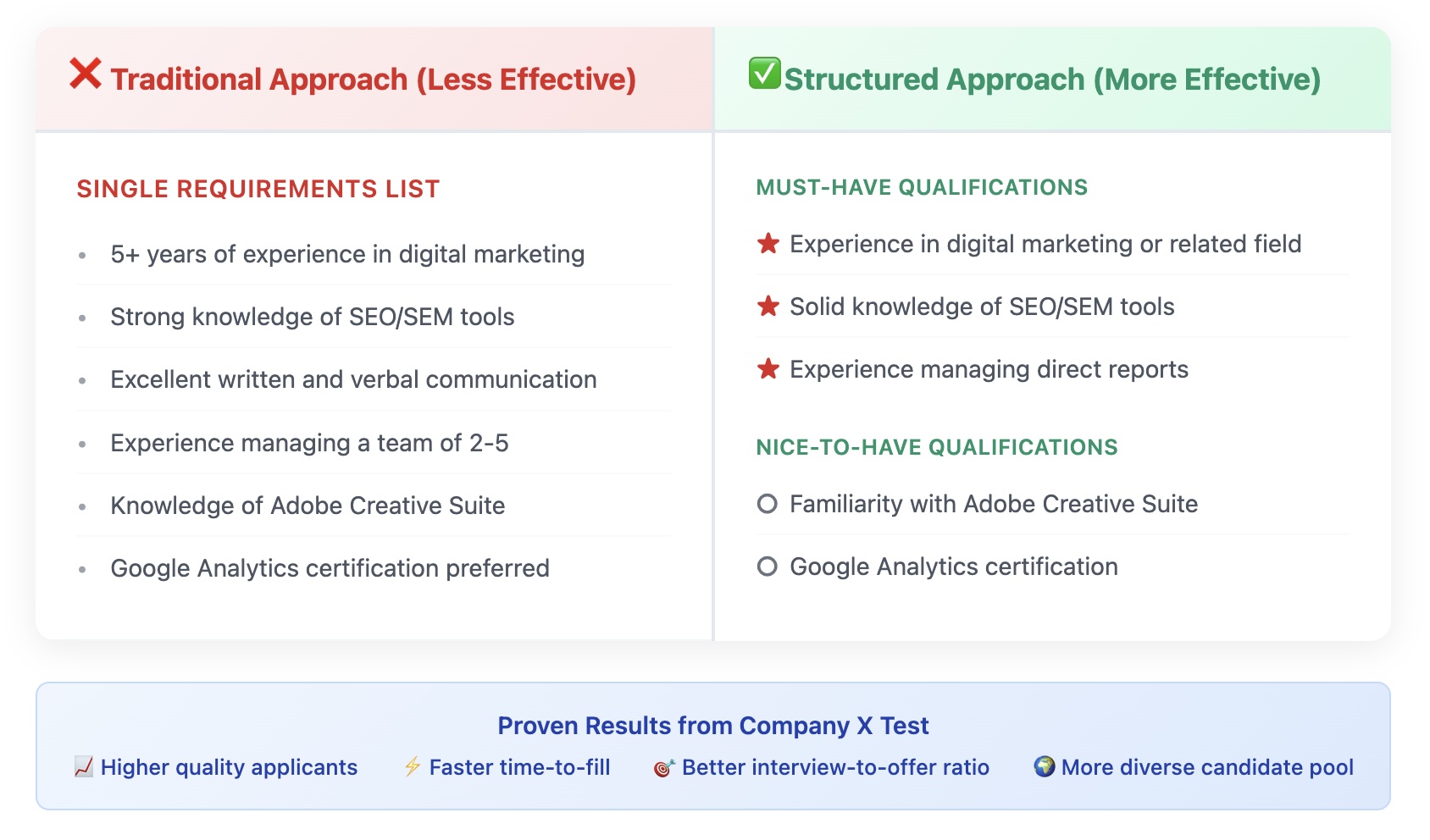In the realm of corporate decision-making, particularly within the confines of boardroom meetings, the clarity of financial presentations is not just beneficial—it’s crucial. These meetings often determine the strategic direction of a company, influence financial commitments, and can have profound implications on shareholder value. Executives and board members depend heavily on the accuracy and the digestibility of the information presented to make pivotal decisions.
The challenge, however, lies not only in the complexity of financial data but also in the diverse backgrounds of board members, who may not all have financial expertise. This disparity in expertise makes it imperative that financial presentations transcend mere data conveyance to become clear, comprehensive narratives that articulate the financial landscape of the company succinctly.
This clarity helps in demystifying complex financial concepts, making them accessible to all board members and ensuring that strategic decisions are based on a solid understanding of the financial implications.
The Need for Clarity in Financial Presentations
1. Decision-Making: Clear financial presentations help board members make informed decisions. When financial data is presented in a straightforward and accessible manner using well-designed PowerPoint templates, it reduces misunderstandings and enables leaders to assess risks and opportunities efficiently.
2. Time Efficiency: Board meetings often operate on strict schedules. Presentations that are direct and to the point can help in covering more ground within limited timeframes, avoiding the need for additional clarification sessions.
3. Confidence and Credibility: A well-structured presentation enhances the presenter’s credibility. Clarity in conveying financial statuses and forecasts demonstrates professionalism and a deep understanding of the subject matter, building trust among stakeholders.
Key Elements of Clear Financial Presentations
1. Simplicity: Use simple language and avoid jargon that might confuse stakeholders. If technical terms are necessary, they should be clearly defined.
2. Visual Aids: Charts, graphs, and tables are invaluable in breaking down complex financial data into digestible pieces. Visual aids should be used judiciously to highlight key points without overwhelming the audience. Leveraging free PPT templates that include a variety of charts and graphical layouts can also aid in presenting data more effectively. These templates are designed to enhance comprehension and retention of information, ensuring that key financial insights stand out clearly and persuasively in your presentation.
3. Logical Flow: A coherent structure is crucial. Start with an overview of the financial health of the organization, followed by detailed discussions of specific issues, and conclude with actionable recommendations.
4. Emphasizing Key Figures: Highlight important numbers and trends. This might include profit margins, revenue growth, cost management, or capital allocation. Focus on what the numbers imply for the future strategy of the business.
5. Consistency: Maintain uniformity in the formatting and design of slides. Consistent use of colors, fonts, and layout helps in reinforcing understanding and keeping the audience engaged.
Practical Tips for Enhancing Clarity
- Rehearse: Practice your presentation multiple times to ensure smooth delivery. Familiarity with the content can also help you handle unexpected questions with ease.
- Prepare Executive Summaries: Provide a one-page summary that encapsulates the key points of your presentation. This can be a useful reference for board members during and after the meeting.
- Feedback Loop: After the presentation, solicit feedback. This can provide insights into areas of improvement and refine your approach for future presentations.
Conclusion
The ability to deliver clear and concise financial presentations in the boardroom is not just a skill but a strategic asset. It can significantly impact the effectiveness of the decision-making process, enhance the presenter’s reputation, and ultimately drive the organization towards its financial goals. By focusing on simplicity, supporting your points with visual aids, and maintaining a logical flow, you can master the art of clear communication and ace your boardroom meetings.
In today’s complex financial landscape, where decisions need to be made swiftly and with confidence, the clarity of your financial presentations becomes even more critical. It ensures that all participants, regardless of their financial acumen, are on the same page and can collaboratively engage in strategic discussions. Moreover, clear presentations are often synonymous with thorough preparation and a deep understanding of the subject, which in turn can inspire confidence among senior executives and board members.
Furthermore, as businesses increasingly rely on data-driven strategies, the ability to translate vast amounts of data into understandable insights is invaluable. This not only streamlines the decision-making process but also facilitates a proactive approach to financial management, where potential issues can be addressed before they escalate into significant problems.
Ultimately, the clarity of your financial presentations can define your professional image in the corporate world. It highlights your analytical skills, attention to detail, and your ability to communicate complex information in an accessible manner. These are qualities that can distinguish you as a leader and a strategic thinker, poised for success in the competitive environment of business.





